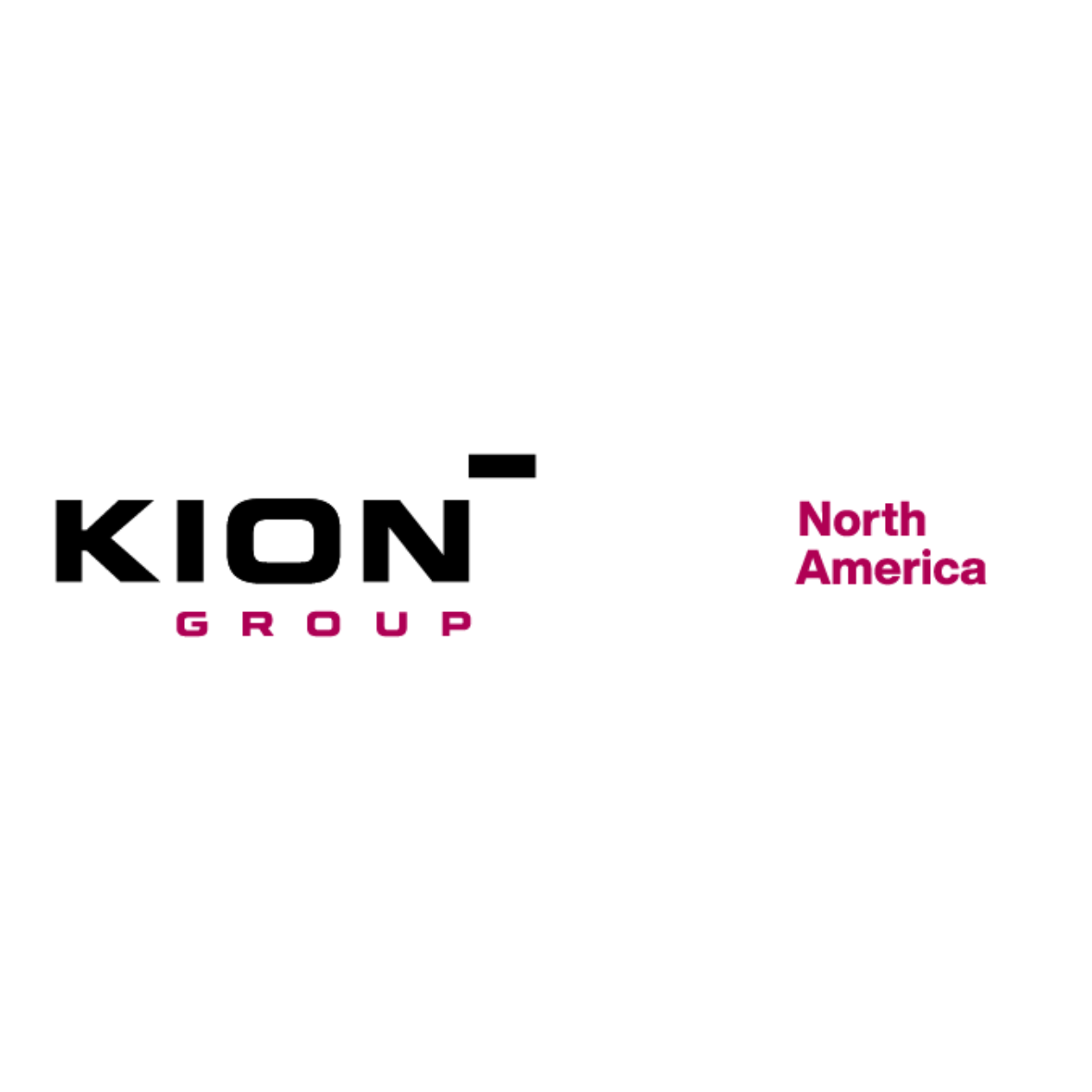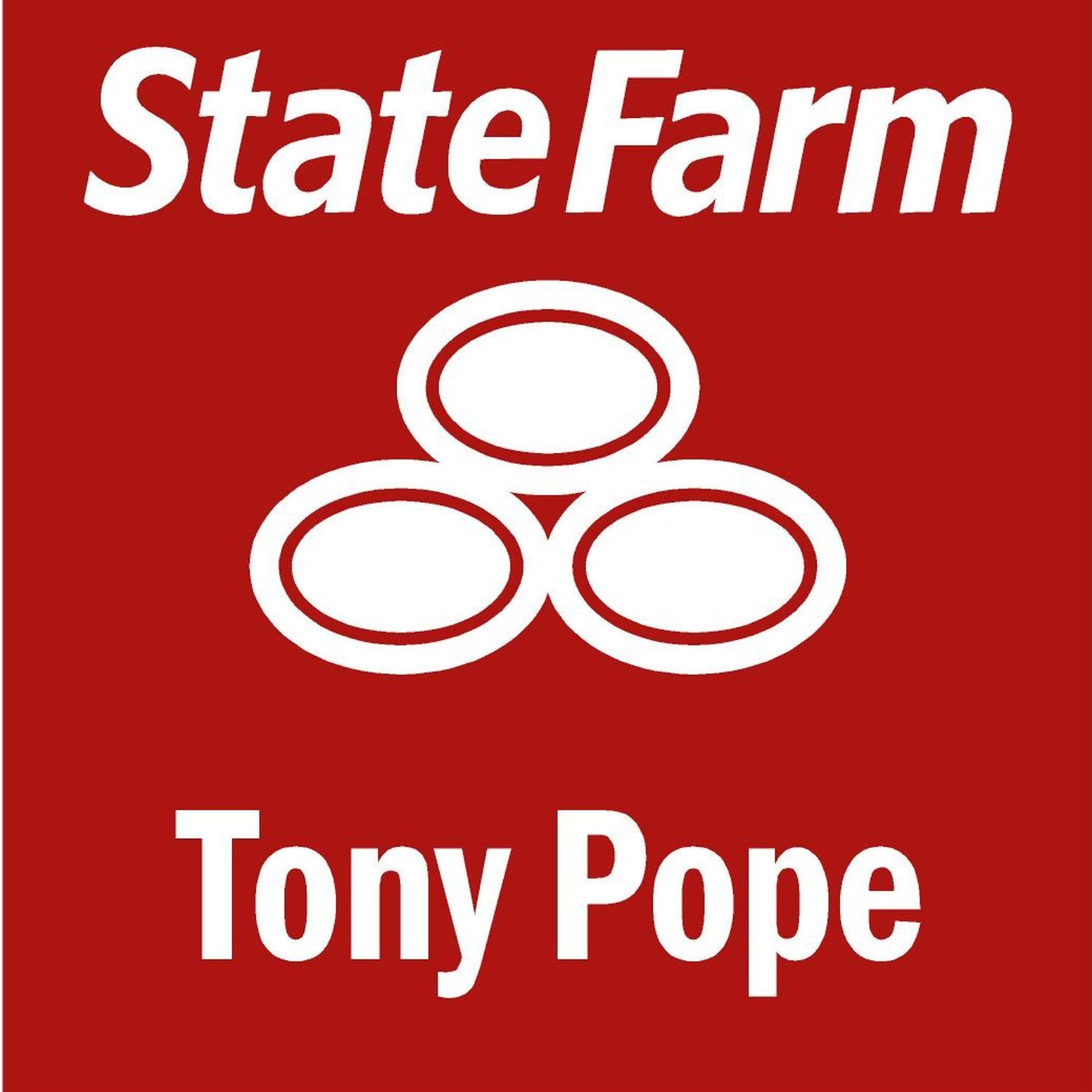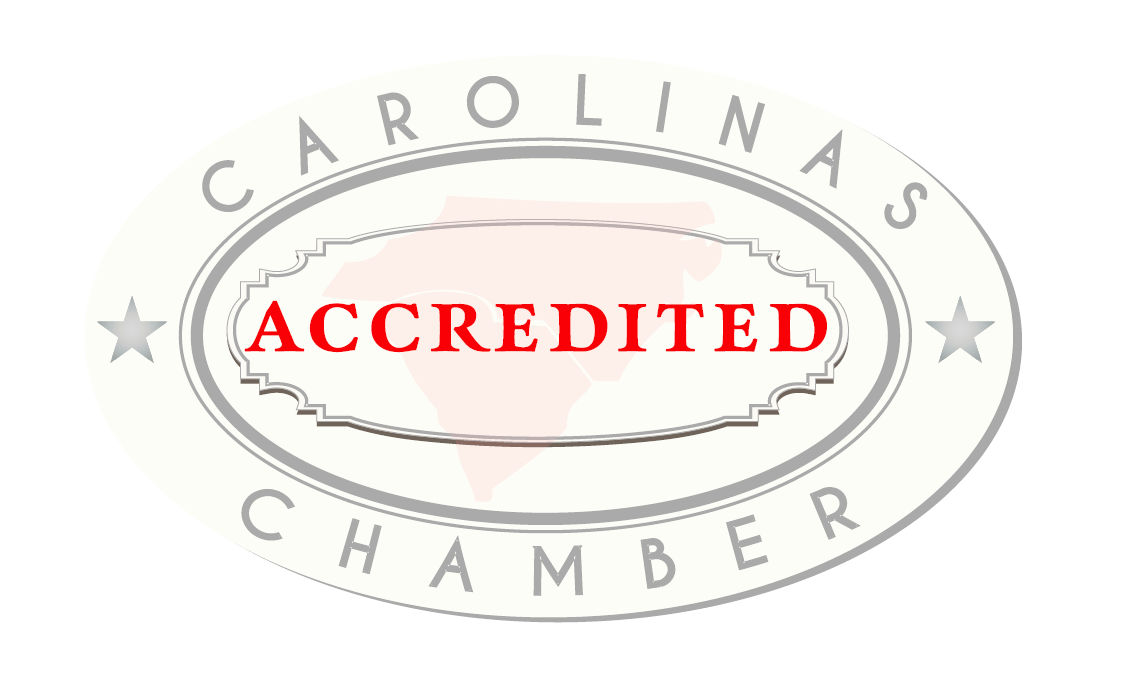Great Boards: Finding them, engaging them, and keeping them
Thursday morning the Nonprofit Council learned how to identify, recruit, and retain board members and volunteers.
Great Boards: Finding them, engaging them, and keeping them
Thursday morning the Chamber hosted its monthly Nonprofit Council meeting. The topic was on how to identify, recruit, and retain board members and volunteers.
The information covered by Claire Louder of Louder NonProfit Strategies, LLC was helpful for nonprofit organizations looking to establish or grow their boards. However, the information is applicable for any organization or business with a Board of Directors.
What makes a good board member
Before asking someone to join your board, you must first decide what is important to you and what you want from your board. Louder recommends someone that is a strategic thinker with valuable expertise. You can start building your board based on people that are already involved, engaged, and responsive to your organization or with other boards with whom they currently serve.
You will want your board to be diverse. Look for different ages and generations and people with a variety of skills, interests, and relationships outside of your organization. Of course, you want a mix of genders, background, ethnicity, and regional geography.
Where to find a good board member
Current volunteers with your organization or someone who is already engaged in other boards is a good start to finding board members.
Plus, take an inventory of people who already sponsor your events or donate to your organization.
If you already have a board, rely on them for referrals.
Recruiting board members
Form a committee to start recruiting board members, but you should rely on your entire team to ID possible board members. Their referrals will be valuable.
Don’t be timid to ask someone to join your board or ask a current board member to grow into a larger role. Ideally, you’re scouting board presidents at least two terms out so you always have a fallback position
PRO TIP: Nobody ever joined a board that wasn’t directly asked to join.
Ideally you’ll want to create an intake application for your Board of Directors. This document should include a place for the individual to explain their current position; why the person wants to serve; their areas of interest; and a way for them to attach their resume.
You should also share a commitment pledge and position descriptions with possible board members. You will want everyone to know what they are getting into before fully accepting the role with your organization.
Taking care of your board
There are some best practices to taking care of your board once the positions have been filled.
One key step you don’t want to overlook is supporting them in their role. That starts with good communication and an outline of board commitments and expectations. This could even include a formal Code of Conduct; a leadership manual; and time for a scheduled orientation.
It’s important that you’re connecting the board members with each other as well as with the people who are part of your organization. Plan for time outside of your meetings to connect and build relationships. Encourage more experienced board members to mentor younger or newer board members.
Ensure you’re investing in the member as a person and professional outside of your organization. Offer ways to grow your leaders. One example Louder says could be sharing materials related to leadership that is discussed at the beginning of board meetings each time you gather. You could also connect board members with mentors. If there are opportunities, give the board members’s businesses promotional time on your website, at meetings, or on your social media.
Keeping your board informed
Board members will feel more connected to your organization if they feel abreast to the happenings. Make sure you’re keeping them informed.
It’s vital that the board knows what their resources are so they can plan any spending effectively and with your values in mind. You’ll want to do this early in the process.
Along with keeping your board updated, have your board conduct their own self-evaluation. This should include how the board is working together and ways your organization can improve the relationship between the board and staff.
With all this in mind, make sure you understand how your board, especially the chair, wants to communicate. Ask each person if they prefer emails, texts, calls, or in-person meetings. Along with knowing how they like to receive communication, you will want to understand when they like to communicate. Some people loathe late night or weekend updates. Some people don’t mind it. Be sure to respect those boundaries.
Working together with your board
Make sure the dynamic of the board president and the CEO at your organization are clear and what the roles are. This relationship should resemble a team and not an employer-employee relationship.
One of the best practices when starting the new board president is having the past president explain the roles and dynamics.
There will be times when someone’s personal agenda may creep into their decision making. That can’t happen. Follow your strategic plan, and let that be your guide and keep you on course to fulfill your mission.
For board meetings, it’s best to determine a process for how the board meeting agendas are set. Usually, a staff member handles this role, but you will want to include the board president in setting the agenda.
Having an agenda is key to keeping the board on task and respecting the start and end times for meetings. Part of working well with your board is respecting their time.
You will want everyone working together and engaged in the decision-making process. Encourage the president to call on members to share during meetings, Louder explains. Unfortunately, sometimes if a board member is quiet, that will lead to offline conversations. That can lead to a host of problems for your board and ultimately your organization.
PRO TIP: Keep the mission of your organization at the bottom of every agenda so everyone can refer back to it. This will keep everyone focused on your priorities.
Maximizing you volunteers’ time
Along with an active board, volunteers are key to running any organization. Instead of just having subcommittees, consider creating task forces and strike forces to save everyone’s time.
A task force will meet until a goal is accomplished and then will dissolve. The strike force meets until a specific issue is resolved. That may only take two or three meetings. These commitments are less time consuming and will be more attractive to people who have limited time but who want to still volunteer with your organization.
Like your board, make sure you’re acknowledging your volunteers and giving them credit for the work they put into your organization.
PRO TIP: If they feel appreciated, they are more likely to volunteer with you again.
Rewards don’t have to be plaques. You can recognize a volunteer at an event or give them special access to an event. At those events, give them a special name tag or lapel pin to wear. Mention them on your website and social media. You can also send them a handwritten note that comes through the mail. If you have time, take them to lunch and spend time with them outside of the volunteering times.
An engaged board and volunteers are necessary to the health of your organization. Selecting the right people, placing them in the right roles, and keeping them informed will help maintain their commitment to your mission.
About Clair Louder: Claire Louder, IOM, CAE, MPP has been a chamber and association executive since 1989, including most recently 10 years with the West Anne Arundel County Chamber of Commerce in Odenton, Maryland. She is passionate about helping organizations succeed through establishing strategic direction and adopting industry best practices. She formed Louder NonProfit Strategies, LLC in 2016 to provide strategic planning, benchmarking, and mentoring to chamber and association clients. As the recent executive of a small chamber, she works with smaller organizations to set an affordable price point. She serves as faculty for the US Chamber’s Institute for Organization Management teaching board governance, strategic planning, and leadership, and has also presented on those topics to the Chamber Pros Online Conference, ACCE, and MACCE.





















